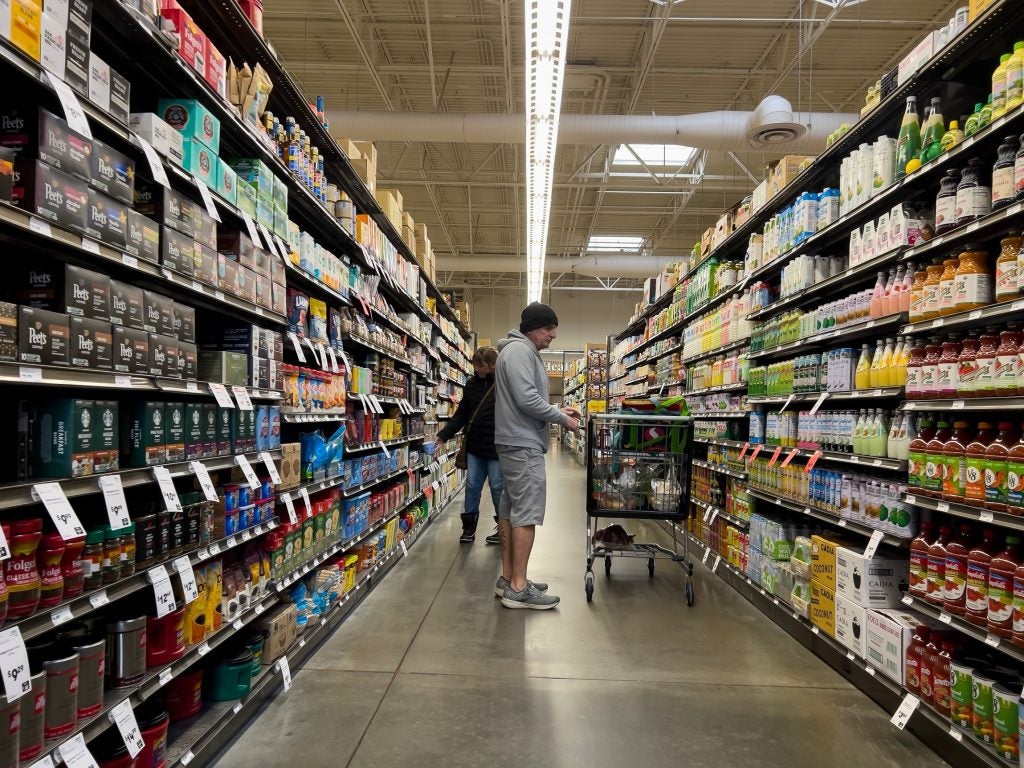US consumers got some slight relief in August as grocery prices extended an easing trend from the highs of last year.
Food and beverage inflation, including in-home and out-of-home consumption measured by the consumer prices index series, rose 4.3% on average in the 12 months through August, the US Bureau of Labor Statistics reported yesterday (13 September), compared to a peak of 11.4% in August last year.
The annualised rate was down from 4.9% in July and 5.7% in June.
Headline inflation, however, measured by the Bureau’s all-items index, accelerated to 3.7% over the 12 months, from 3.2% in July. The gauge tripled on a month-month level at 0.6% versus 0.2% in July.
Grocery prices for in-home consumption increased 3%, easing from 3.6% in July and 4.5% in June. The cost of eating out, in inflationary terms, cooled to 6.5%, from 7.1% and 7.7%, respectively.
The cost of soft drinks rose 4.8% while alcoholic beverages climbed 3.7% last month. Coffee prices rose 0.9% while carbonated soft drinks rose 6.1%.
From July, overall non-alcoholic beverage prices rose 0.3%, having remained stable the previous month. Food prices rose 0.2%, the same pace as in July. The in-home measure of grocery prices dipped to 0.2%, from 0.3% a month earlier.
The UK, where food and soft drinks prices have been rising much faster than the US, despite some recent easing, reports its figures for August next week, on 20 September.
Last month Statistics Canada reported the country's grocery inflation cooled to a 17-month low, led by fruit prices, despite an accelerating increase in the headline measure of prices.
Grocery prices in stores rose 8.5% in the 12 months through July, easing from a 9.1% rate in June. July’s figure was the lowest since the 7.4% print in February last year and down from a 2023 peak of 11.4% reached in January.
The consumer price index for all-items rose 3.3% on an annualised basis, quickening from 2.8% in June. It also edged up month-on-month, climbing 0.6% versus 0.1%.









